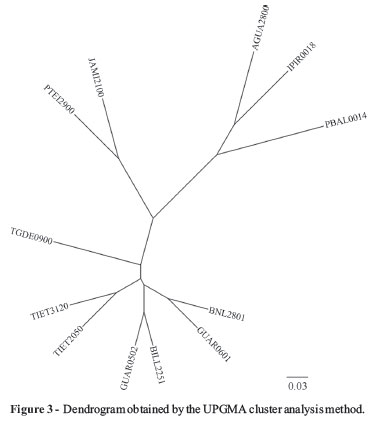Different types of water bodies, including lakes, streams, and coastal marine waters, are often susceptible to fecal contamination from a range of point and nonpoint sources, and have been evaluated using fecal indicator microorganisms. The most commonly used fecal indicator is Escherichia coli, but traditional cultivation methods do not allow discrimination of the source of pollution. The use of triplex PCR offers an approach that is fast and inexpensive, and here enabled the identification of phylogroups. The phylogenetic distribution of E. coli subgroups isolated from water samples revealed higher frequencies of subgroups A1 and B2(3) in rivers impacted by human pollution sources, while subgroups D1 and D2 were associated with pristine sites, and subgroup B1 with domesticated animal sources, suggesting their use as a first screening for pollution source identification. A simple classification is also proposed based on phylogenetic subgroup distribution using the w-clique metric, enabling differentiation of polluted and unpolluted sites.
E. coli; phylogenetic groups; pollution sources; interaction networks; social network analysis





